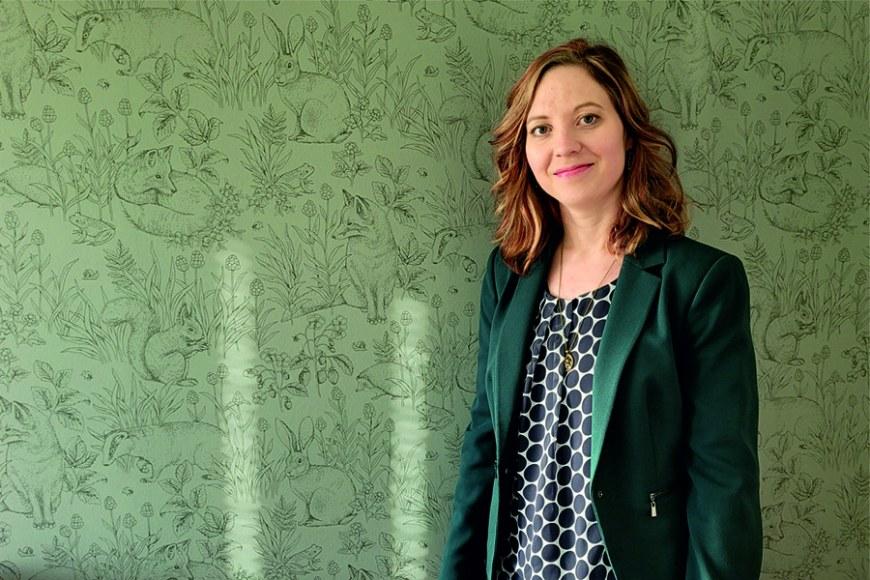
Composite industry is a rapidly and continuously growing market as the high strength, yet low weight composite structures are replacing traditional steel parts in construction, aeronautic and automotive sectors. The unique, strong yet light, property profile of composites is created with a multicomponent structure, where load is carried by the reinforcement and shape provided by the matrix. However, there is a catch.
“The reinforcement, for example fibers, needs to be strongly attached to the matrix material to ensure load transfer and structural integrity. Currently this is done with a variety of surface treatments that are often harmful to the environment and individuals,” Sarianna Palola clarifies.
In her research, Palola has investigated an alternative approach to creating strongly attached reinforcement and matrix, without massive amounts of harmful chemicals. This approach utilizes mechanical bonding between the fiber surface and matrix material, where the adhesive affect is achieved with small bumps and crevices.
“Essentially, it is like Lego blocks, that you can just snap together without any glue,” Palola explains.
This led to the development of a novel method for creating small protrusions onto aramid fiber surface using a household microwave oven. With this simple and fast method Palola could effectively initiate mechanical adhesion between the fibers and matrix.
“Amazingly, the fibers with rough surfaces could create a lot stronger bond with the selected matrix materials than fibers without treatment or even chemically treated surfaces. This is a significant find, as it may give rise to entirely new fiber manufacturing protocol with lower environmental impact while still being able to create very strong structural composites,” she continues.
The novelty and scope of her work with the microwave induced surface treatment method has not gone unnoticed as it sparks lively discussion at international events and brought her the Schliekellmann award from SAMPE Europe already in the early stages of her research. The technology readiness level of her work has also been evaluated to be at 4-5, which is exceptionally high for research done at PhD level.
The doctoral dissertation of M.Sc. (Tech) Sarianna Palola in the field of Materials Science titled Exploring Mechanical Adhesion in Fiber Reinforced Composites with Aramid and Recycled Carbon Fibers will be publicly examined in the Faculty of Engineering and Natural Sciences at Tampere University on Friday 11 Nov, 2022 at 12 o‘clock at Hervanta Campus in the auditorium Pieni Sali 1 of the Festia building. The Opponents will be Professor Clemens Dransfeld of Delft University of Technology and Doctor Pirjo Pietikäinen of The Finnish Plastics Industries Federation. The Custos will be Associate Professor Essi Sarlin from Tampere University.
The dissertation is available online.
Photo: Ella ja Antti Palola
